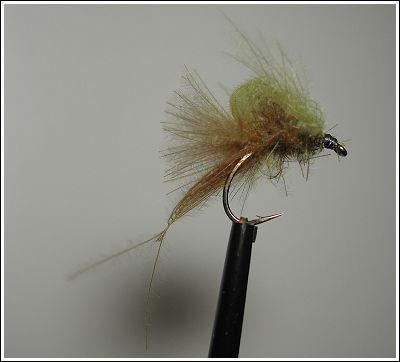|
R Nimph
By Agostino Roncallo

For more than thirty years, I like
to design and build artificial flies.
After so many years, I think I've find that the right way for to obtain
flies of good quality is the simplicity.
I believe that the commonplace, according to which an assembly most is
complicate and difficult to implement and more is valid is a stupidity.
In my opinion, the model of a fly must to be born from a simple idea and
should be easy to achieve.
Flies with these features can be built using different materials, but
exists one that achieves amazing results: the Cul de Canard.

When I started using it, I realized that it was naturally be followed by
every fly I make, another representing its evolution and that another,
following a logical process as simple as to seem natural.
This process began when I created the Mirage that I consider the best
fly among all those that I have tied until today.
Having built the Mirage with a single feather of CDC, I thought that,
with the same standard, maybe it was possible to construct other
imitations, and the facts gave me reason why, using only one CDC
feather, I got the imitations of the ant, the spider and the nymph
emerging ephemeral.
|